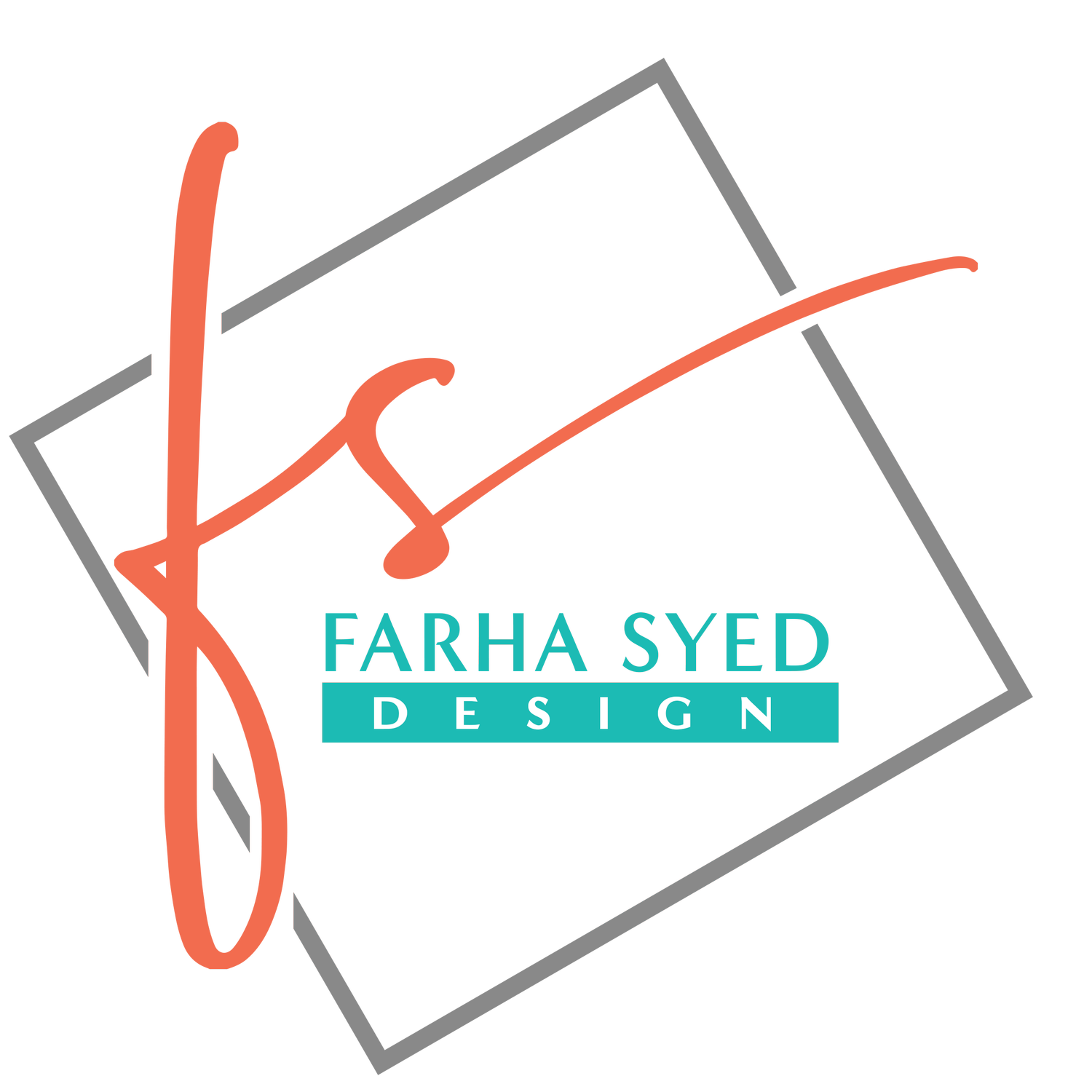Embracing Nature: The Power of Biophilic Design in Modern Homes
In today’s fast-paced, technology-driven world, it’s no wonder we crave a bit of nature. Biophilic design—connecting our living spaces with the natural environment—has emerged as a powerful way to bring the outdoors in, transforming our homes into sanctuaries of peace and well-being.
What is Biophilic Design?
At its core, biophilic design is about creating a connection between humans and nature. It’s not just about adding a few houseplants here and there. It’s about designing spaces that reflect the natural world, using natural light, organic materials, and nature-inspired patterns.
The concept is rooted in the idea that humans have an innate need to connect with nature. This connection, often called "biophilia," has been shown to reduce stress, improve mood, and even boost productivity.
Key Elements of Biophilic Design
1. Natural Light
Maximizing natural light is one of the simplest and most effective ways to incorporate biophilic design. Large windows, skylights, and open floor plans can flood your home with sunlight, creating a warm and inviting atmosphere. If you’re working with limited space or windows, consider strategically using mirrors to reflect light and brighten the space.
2. Indoor Plants
Bringing greenery indoors is perhaps the most recognizable aspect of biophilic design. From towering fiddle leaf figs to small succulents, plants add life and color to any room. They also purify the air, making your home healthier and more refreshing.
3. Natural Materials
Incorporating natural materials like wood, stone, and bamboo can enhance the organic feel of your home. Think hardwood floors, stone countertops, or a reclaimed wood feature wall. These materials not only add texture and warmth but also create a connection to the natural world.
4. Water Features
Water is a powerful element in biophilic design. The sound of flowing water can be incredibly soothing and helps to create a serene environment. Consider adding a small indoor fountain, an aquarium, or a tabletop water feature to your space.
5. Nature-Inspired Patterns
Patterns and textures inspired by nature can subtly enhance the biophilic feel of a room. This could be as simple as choosing wallpaper with leaf motifs, textiles with floral patterns, or artwork that depicts landscapes or botanical themes.
6. Outdoor Views
If you’re lucky enough to have a view of nature, make the most of it. Large windows or glass doors can help blur the line between indoors and outdoors. If your view isn’t mainly green, creating a small garden or installing window boxes can bring a touch of nature to your sightlines.
The Benefits of Biophilic Design
1. Reduced Stress and Anxiety
Numerous studies have shown that being surrounded by nature can reduce stress and anxiety. Biophilic design brings these benefits into your home, creating a calming environment where you can unwind and recharge.
2. Improved Air Quality
Plants are natural air purifiers. By incorporating greenery into your home, you’re enhancing its aesthetic appeal and improving the air quality. This can lead to better overall health and well-being.
3. Enhanced Creativity and Productivity
Biophilic environments have been shown to boost creativity and productivity. This is particularly beneficial if you work from home. A well-designed home office incorporating elements of nature can help you stay focused and inspired.
4. Increased Connection to Nature
In our urbanized world, it’s easy to feel disconnected from nature. Biophilic design helps bridge this gap, fostering a deeper connection to the natural world and promoting peace and harmony.
Getting Started with Biophilic Design
Implementing a biophilic design doesn’t require a complete home makeover. Start small by adding a few plants to your space or rearranging furniture to maximize natural light. Over time, you can incorporate more elements, like natural materials and water features, to create a more holistic biophilic environment.



